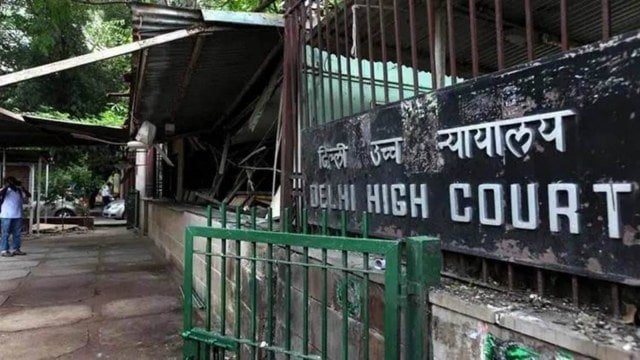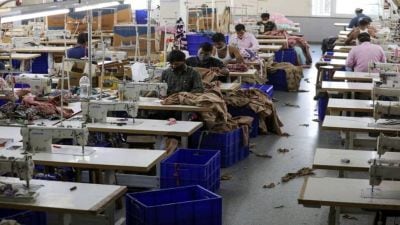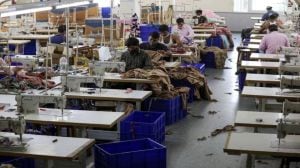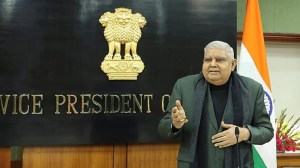51-year-old woman challenges upper age limit on assisted reproductive procedures in Delhi High Court
The woman and her husband, who are are 51 and 54 years old, respectively, had got married in 2021. In 2018, she had frozen her eggs at an in vitro fertilization (IVF) centre in Ranchi.
 It is her case that “desirous of parenthood”, in 2022, she made “strenuous efforts to resume her reproductive journey”, but given that the ART Act came into force on January 5, 2022, she was “constrained by the exclusionary provision under section 21 (g) of the ART Act, which imposes an upper age limit of 50 years for women to avail IVF services”.
It is her case that “desirous of parenthood”, in 2022, she made “strenuous efforts to resume her reproductive journey”, but given that the ART Act came into force on January 5, 2022, she was “constrained by the exclusionary provision under section 21 (g) of the ART Act, which imposes an upper age limit of 50 years for women to avail IVF services”.
The Delhi High Court will in December consider a petition moved by a 51 year old woman, who cryopreserved her eggs in 2018, challenging the constitutional validity of the Assisted Reproductive (Technology) Regulation Act, 2021, which imposes an upper age limit on a woman to avail ART services.
A division bench of Chief Justice Manmohan and Justice Tushar Rao Gedela on Thursday posted the matter for consideration in December and gave the Union government eight weeks to come back with instructions.
The woman and her husband, who are are 51 and 54 years old, respectively, had got married in 2021. In 2018, she had frozen her eggs at an in vitro fertilization (IVF) centre in Ranchi.
It is her case that “desirous of parenthood”, in 2022, she made “strenuous efforts to resume her reproductive journey”, but given that the ART Act came into force on January 5, 2022, she was “constrained by the exclusionary provision under section 21 (g) of the ART Act, which imposes an upper age limit of 50 years for women to avail IVF services”.
At the time, she had surpassed the age criteria by just a few months, the petitioner has pointed out in her petition.
Challenging the constitutional validity of the provision that imposes the age limit, the woman has contended that “the arbitrary introduction of age restrictions in the ART Act lacks a rational basis and fails to consider individual circumstances, thereby violating the fundamental right to reproductive autonomy of individuals who had already begun the ART process under the earlier ICMR guidelines”. To this effect, she has argued for prospective application of the statutes.
She has also submitted that “there were no discussions and deliberations in the standing committee report for arriving at an upper age limit” and that the “introduction of upper limit for age for men and women seeking ART services has no nexus to the objectives of the ART Act”.












